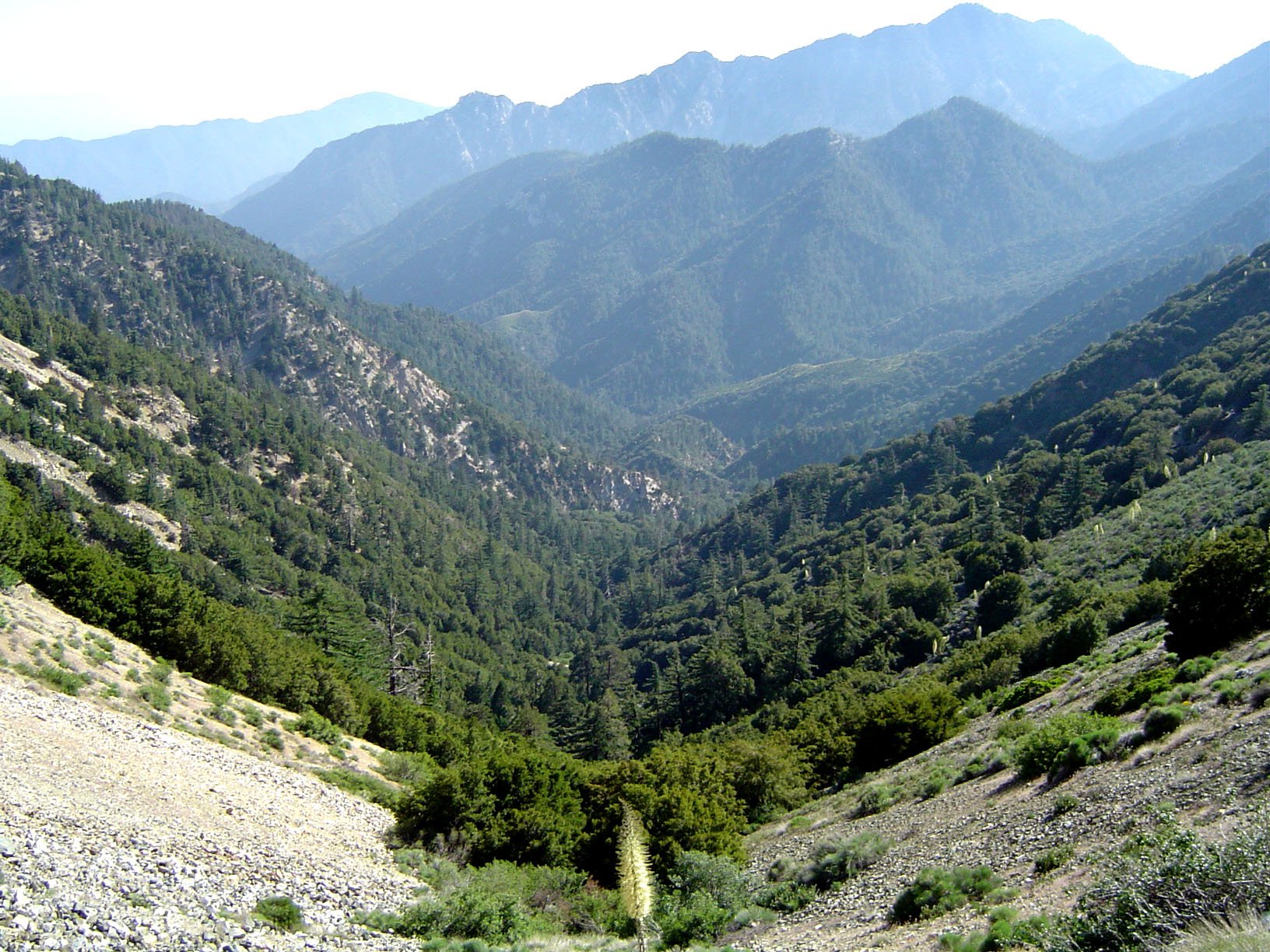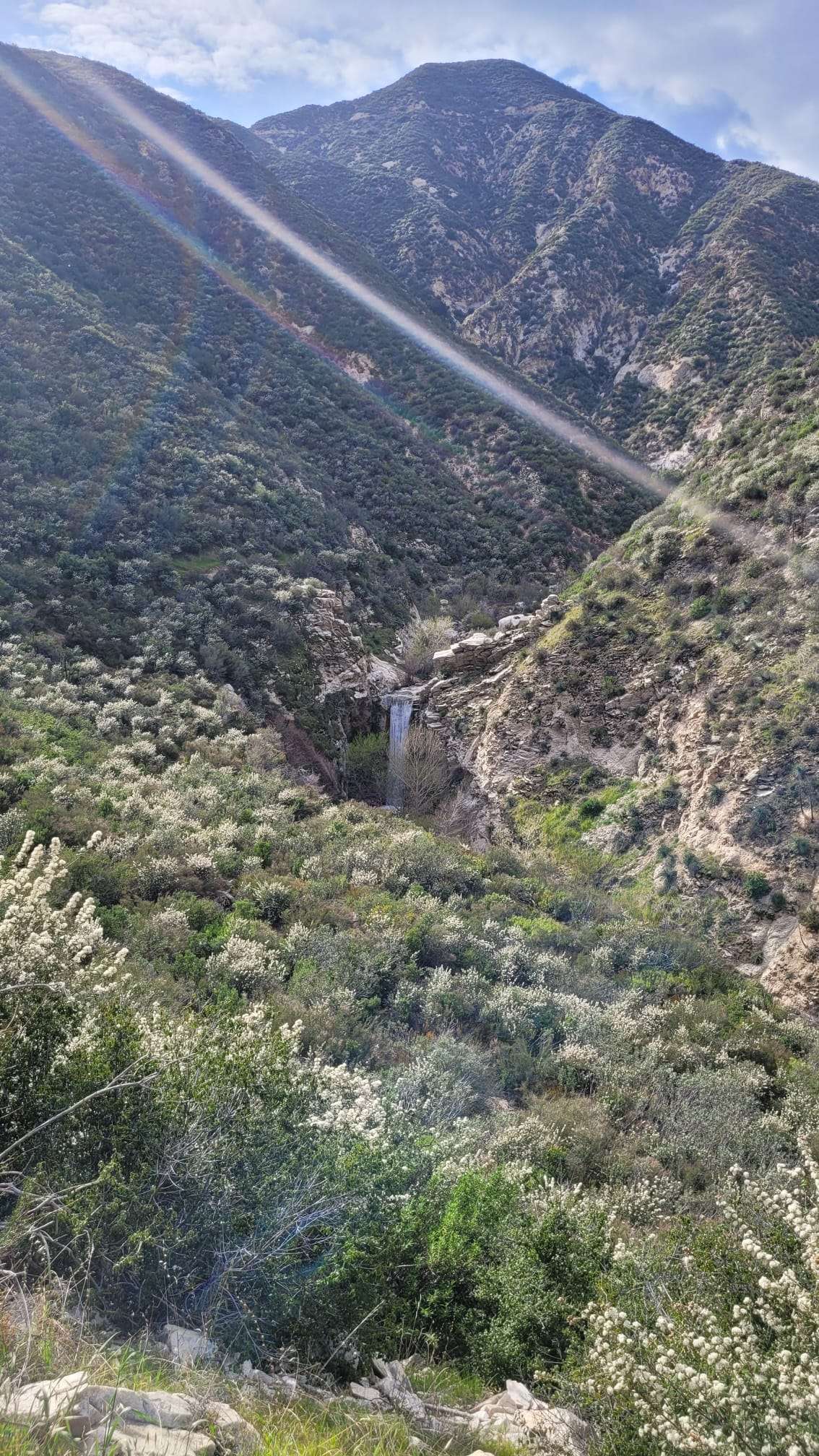The Angeles National Forest, established in 1908, has a rich history spanning over a century. Originally created as the San Gabriel Timberland Reserve in 1892, it has evolved into a vital natural resource covering 655,387 acres in Southern California. This forest has played a crucial role in watershed protection, recreation, and conservation efforts, becoming an integral part of the region’s ecological and cultural landscape.
What Are the Key Milestones in Angeles National Forest History?

Early Establishment and Name Changes
- December 20, 1892: San Gabriel Timberland Reserve established by President Benjamin Harrison
- 1905: Transfer to Department of Agriculture
- March 4, 1907: Renamed San Gabriel National Forest
- July 1, 1908: Combined with parts of San Bernardino and Santa Barbara National Forests, renamed Angeles National Forest
Significant Developments
- 1915: First national forest to require campfire permits
- 1925: Eastern portion separated to reestablish San Bernardino National Forest
- 1950s: Completion of Angeles Crest Highway
- October 10, 2014: Establishment of San Gabriel Mountains National Monument
How Did Indigenous Peoples Influence the Forest’s History?

The Angeles National Forest area has been home to various indigenous tribes, primarily the Tongva and Chumash. These tribes:
- Lived as hunter-gatherers in harmony with the environment
- Used the forest for food, shelter, and spiritual practices
- Left a rich cultural legacy, including archaeological sites (not open to public for preservation)
- Continue to have a presence in the region, working to preserve their heritage
What Are the Major Historical Landmarks in Angeles National Forest?
- Mount Wilson Observatory
- Completed in 1908
- One of the oldest and most prestigious astronomical research facilities globally
- Location: Mount Wilson, San Gabriel Mountains (34.2243° N, 118.0573° W)
-
Offers guided tours and public viewing nights
-
Red Box Saddle
- Convergence point for six major hiking trails during the Great Hiking Era (1880-1938)
- Location: San Gabriel Mountains (Approx. 34.2583° N, 118.0833° W)
-
Provides access to hiking trails and scenic views
-
Chantry Flat Picnic Area and Trailhead
- Popular recreational site since the early 20th century
- Location: Near Arcadia, CA (34.2133° N, 118.0167° W)
- Offers picnic areas, hiking trails, and parking facilities
What Conservation Efforts Have Shaped the Forest’s History?
The Angeles National Forest has a long history of conservation efforts:
| Conservation Area | Details |
|---|---|
| Land Preservation | 655,387 acres protected, including San Gabriel Mountains National Monument |
| Wildlife Protection | Focus on habitat preservation for diverse species, including endangered ones |
| Community Involvement | Job training programs and environmental education initiatives |
Challenges Faced:
- Fire Management
- Ongoing efforts to prevent and manage wildfires
-
Example: Bridge Fire in 2024, burning over 55,000 acres
-
Urban Proximity
- Balancing land use, recreation, and environmental protection due to nearby urban areas
How Has the Forest’s Management Evolved Over Time?
- Early Management (1892-1905)
- Focus on timber resource protection
-
Limited recreational use
-
USDA Forest Service Era (1905-Present)
- Shift towards multiple-use management
-
Increased emphasis on recreation and conservation
-
Modern Management
- Integration of scientific research in forest management
- Collaboration with local communities and indigenous groups
- Adaptation to climate change and increased fire risks
What Role Has the Angeles National Forest Played in Southern California’s Development?
- Water Resource Management
- Critical for Southern California’s water supply
-
Watershed protection as a primary goal since establishment
-
Recreational Hub
- Provides outdoor recreation opportunities for millions of visitors annually
-
Development of trails, campgrounds, and scenic drives
-
Scientific Research
- Home to Mount Wilson Observatory, contributing to astronomical discoveries
-
Ongoing ecological and environmental research
-
Urban-Wildland Interface
- Serves as a natural buffer between urban areas and wilderness
- Challenges in managing this interface, including fire prevention and wildlife conservation
The Angeles National Forest history is a testament to the evolving relationship between human needs and natural resource conservation. From its inception as a timber reserve to its current role as a multifaceted natural and recreational resource, the forest continues to adapt to the changing needs of Southern California while preserving its rich ecological and cultural heritage.
